
Background information
Bargain bin, flea market trash power banks: are they any good?
by Aurel Stevens

This is the story of how I wrote an article that took me to a totally different place. How I want to defend the honour of the company and go quite far to help someone.
Sometimes it's funny. I write an article about a rubbish powerbank from Italy and two weeks later I'm standing on an alpine pasture. And that's how it happened.
I recently wrote down that I had bought a fake powerbank on holiday some time ago that didn't even come close to delivering what was promised. And that's why you should exercise caution when buying electronics on dodgy marketplaces:
The comment column was very popular. Also from user Bachmatte. Bachmatte had bought a large, rather expensive battery for outdoor use from us and was not at all happy with it:
I bought a Goal Zero Yeti 400 Lithium from Galaxus to run a fridge in the Alps. The fridge does not run when the Yeti is fully charged. However, according to the fridge and Yeti, it should work. When I phoned Galaxus, I got the answer that they can write whatever they like on it. What's more, if I send the Yeti back I have to pay at least 10% of the price (990.-) even though it doesn't work as promised. So don't just watch out at the flea market, but also at Galaxus
The comment came late and hidden, but it caught my attention. Alp. Battery. Fridge. This problem interests me. On top of that, Bachmatte claims that the specifications of our products promise the blue sky.
Nonsense! Challenge accepted.
I'm interested in this. What exactly did Bachmatte order from us? An energy-saving fridge with freezer compartment from Kibernetik and a battery pack with a 220-volt power connection from Goal Zero for outdoor use.
Both are solid products. The Yeti 400 delivers 300 watts, at peak according to the manual even 1200 watts are permitted for a short time. An A++ refrigerator never needs that much. Why can't the two products work together?
I'll look into the matter of power consumption.
Modern fridges require surprisingly little electricity. Well-insulated freezers can be disconnected from the mains and the contents are still frozen 24 hours later. The A++ model chosen by Bachmatte requires an average of 135 kWh of energy per year.
If I want to calculate the required power in watts, I have to divide by 365 days and by 24 hours. In the case of the Kibernetik KSG118L03, this is 135000 Wh / 365 / 24 = 15.4 watts. That's nothing! Surely the Yeti 400 with its 300 watts should be able to handle that easily?
A label on the back of the KSG118L03 states that the refrigerator requires 80 watts. This is much more than the average consumption (15.4 watts). This refers to the power of the compressor. The compressor is a kind of pump and does the cooling work. It is the component in the refrigerator that consumes a massive amount of electricity. It starts up and *brrrrrrrrrrrrrmm* hums quietly as long as the thermometer in the refrigerator exceeds a threshold value (usually 4° - 6°).
But the Yeti 400 should also be able to cope with the 80 watts of the compressor. What is the problem?
I call Coldtec AG, which has been selling the Kibernetik refrigerators since 2018. A very knowledgeable gentleman from support explains to me: "As a rule of thumb, fridges need around four to five times more power during start-up than during operation." That would be 400 watts - more than the continuous output of the Yeti, but less than the permitted current peak of 1200 watts. I want to know how long the start-up takes. "A few seconds," says the support team.
My next call is to Goal Zero in Houston, Texas. I want to know from customer service exactly how long the "surge" of 1200 watts, the maximum permitted power for a short period of time, can last on the Yeti 400. "Two seconds", Nick from Goal Zero Support answers like a shot from a gun.
Problem found: The fridge consumes surprisingly little energy on average: just 15.4 watts. But the power spike when the compressor starts up when switching on overloads the Yeti 400, which is nasty. From the product data, you'd think at first glance that the battery could easily power the fridge.
I now realise why that doesn't work.
In the meantime, I'm really interested in what exactly Bachmatte is planning to do on the alp. I already have a possible solution in mind.
I call Bachmatte. Bachmatte's name is Karin and she describes the situation to me. Karin is a dairymaid on an alp. Being up there means that she can drive to the village by car to do some quick shopping. Back on the alp, a lump of meat has to be cooked immediately for the whole week. Karin has to process food quickly. That's why she wants to afford the small luxury of a fridge.
She has fully charged the battery at home - she is not yet on the alp at the time of the phone call. The radio and blender are also running. She has "pre-cooled" the fridge at home on the mains. But when she plugged it in, a red light came on the Yeti 400 and it beeped. She therefore contacted our customer service by telephone to obtain a return label. She was to be sent a replacement device and if this did not work, she was to send the device back. She was then told that 10% of the purchase price was due.
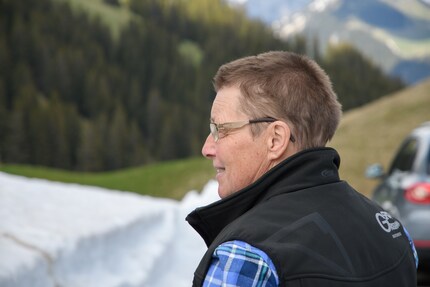
Karin complains that she bought the right products in good faith and now has to pay 10%. In short: In Switzerland, unlike in Germany, there is no right of cancellation. Retailers are usually accommodating, but when push comes to shove, the Swiss rule is: a purchase is a purchase. This is a clear case for me: based on the product data, like Karin, I would have expected the Yeti 400 to work with the fridge. I think we need to be accommodating here.
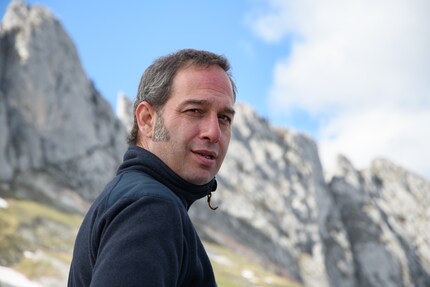
Before I interfere with our customer service, I want to understand exactly what Karin actually wants. I want to solve her problem. It's daft if she has a fridge but can't use it without a battery. I want to know how she wants to charge the battery. With a solar panel? "No, with an electricity generator," says Karin. The milking machine will run for a few hours in the morning and evening, and the generator will charge the battery at the same time.
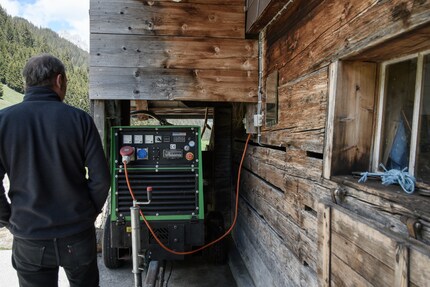
The diesel generator is not supposed to run around the clock, hence the backup battery for the fridge. If the little Yeti 400 can't power the fridge, then the big brother certainly can. May I introduce? The Yeti 1000.
1500 watts continuous power and 3000 watts peak. Wow! The only problem is that at 2290 francs, it's slightly more expensive than the Yeti 400 for 990...
My first stop is Pascal Biri. He is the buyer responsible for Goal Zero's products. I tell him about the situation and that I want to help the customer. Pascal is also of the opinion that the larger version, the Yeti 1000, will supply the fridge with power without any problems. I ask Pascal if I can make the customer a good offer. "Of course. But I want a report in return," says Pascal. Great - that's what I want too!
I phone Karin again. She agrees that I should organise the larger Yeti for her. Karin's only problem: "The cows are coming on Friday! I'll already be up on the alp by then."
Alright then: Aurel will lug the 18-kilo lump up to the alp.
The only realistic date is Thursday - a public holiday due to Ascension Day. My colleague David Lee is a hiker and fortunately wants to accompany me with his photographic equipment.
Now I'm getting on the case with customer service. I just want something really small!
Kristian Tadic from Customer Care, you are my personal hero! You understood my request immediately and helped me without any red tape. I would have been lost without you. You organised everything brilliantly with the warehouse and the returns department. Thank you, Kristian!
It's now Tuesday evening and everything has been organised in theory. If everything works out, the battery will arrive on the Alp in time...
On Wednesday, I pick up the Yeti 1000 from the shop in Zurich and unpack it. After all, I don't want to turn up there with a half-full battery. It's 47% charged. Luckily: charging takes according to the manual 18 hours. That leaves around 10 hours. The Monster stores 1045 watt hours (Wh). Converted to smartphone batteries or power banks (3.6 volts), that's 290,400 mAh. A phone can suck on that a few times.
However, the energy is deceptive. As a reminder: the fridge draws an average of 15.4 watts. What sounds like very little at first glance is actually 370 Wh calculated over 24 hours. The Yeti 1000 with 1045 watt hours can power the fridge for two days and 19 hours in purely mathematical terms.
Unfortunately, you usually end up with less: the Yeti is designed for 12 volts. If a 12 V consumer is connected to it, it delivers its 1045 Wh. Losses occur when converting to other voltages (5 volts at the USB port, 220 volts at the power socket). If you charge a smartphone at the USB port, around 10 % is lost. The situation is similar when transforming up to 220 volts. I reckon on 940 Wh, which would be about two and a half days. Still ok.
More worrying is the long charging time of 18 hours. For two and a half days or 60 hours, the power generator has to run for 18 hours to maintain the charge level. Over seven hours a day. That can't be right. A solar panel is needed.
I set my sights on the Goal Zero Boulder 100. It costs 284 francs. You can get solar panels cheaper these days, but for a high-quality plug-and-play solution, the price is fine.
There is a second, cheaper solution: a second power supply unit. The Yetis have enough inputs and a second power supply unit would also solve the problem. Instead of 18 hours, charging would only take 9 hours. The 4 - 5 hours that the milking machine - and therefore the power generator - runs every day would be enough, because the Yeti would have to be connected for 3.5 hours a day to maintain the charge level.
But that's kind of crazy. The Alpine season from May to the end of September is precisely the time of year when solar energy is available in abundance. It would be a mess not to at least try out the solar panel. Especially as the Yetis have an inverter installed for this very reason.
As I'm writing the story and I come to this realisation, it's too late. I can't get the panel, extension cable or power supply delivered on the Wednesday before 3pm. Crap!
One ray of hope, however, is that Filiz from HR spontaneously drives me and the Yeti to the front door. Thank you, Filiz!
On Ascension Thursday, David and I set off for the Bernese municipality of Saanen, where Karin's alpine pasture is located. I have the Yeti 1000 in my luggage - and a guilty conscience. Because I already know that we don't have the final solution with us yet.
I have promised to look into it personally. So let's bring up the first part of the material. And reconnoitre. What does the power generator look like? Is the Alp in a sunny location where a panel makes sense at all?
Karin meets us at the "cho reiche" postbus stop ¹. The journey up to the alp takes a good quarter of an hour. As we drive up, I can already see Karin's problem. She immediately attaches her phone - an ancient Samsung Galaxy S5 with a thick rubberised protective cover - to the car. Charging the mobile is quite a hassle for Karin. One point for the Yeti.
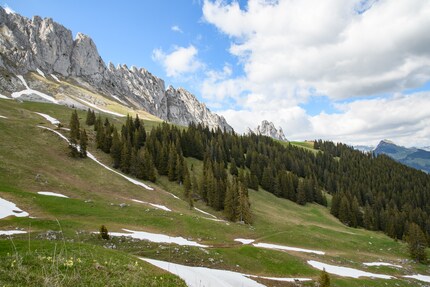
When we arrive at a good 1400 metres above sea level, the view overwhelms me. I'd completely forgotten how beautiful Switzerland is. I had imagined a small hut, but the alp is huge. On Friday, 20 cows arrive here, and a few days later even more. Then the "Guschteni"² and finally the calves. Around 80 "cows" and two bulls will be up there in the end. At the moment, there is only Furbo, who greets us wagging wildly.

But Karin, a cheesemaker and a pen will only be here for 2-3 weeks, David and I learn. As soon as the snow has melted further up, it's off to the "upper relay". Towards the end of June, the animals are led up to the higher alp in another alpine procession. Cheese is only made up there, Gruyère, Vacherin and alp cheese. This is why Karin relies on a mobile electricity solution, although a fixed installation would be cheaper in the long term.
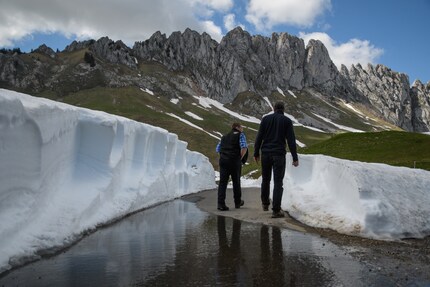
Let's see if that works. I unpack the fully charged Yeti 1000 and hook up the fridge. Karin isn't sure if it will work. I am, I've done the maths. Of course the fridge runs 1A. During lunch, I confess to Karin that the battery isn't quite finished yet.
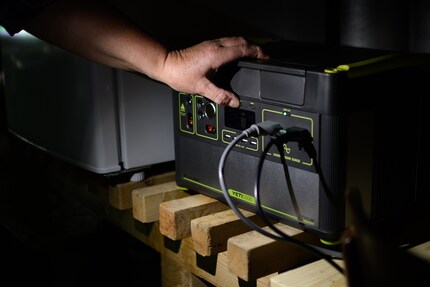
In the meantime, Karin has seen an advert for a second-hand gas fridge on zalp.ch. She is suddenly unsure whether the battery solution is really the right one. My heart sinks. I'm not here to peddle Galaxus products. I want the best solution for Karin. If she doesn't want the Yeti, I would cancel the whole thing. And get a slap in the face from all the helpers in Zurich.
A modern gas fridge requires around 12 grams of gas per hour, just over 250 grams in 24 hours. This means that a 7.5-kilo bottle of gas costs 40 francs per month (excluding deposit). During the summer on the alp, this would cost 150 - 200 francs. After five years, the gas fridge and gas would be more expensive than the Yeti. The Yeti's lithium cells should last 10 years with 4 - 5 months of operation per year (and can be replaced separately). In the long term, the two solutions will probably cost roughly the same.
Karin couldn't charge her mobile, her power bank and her torch on the gas fridge, but she could on the Yeti. Karin wavers. The deciding factor is her electric "Ankefässli"⁴, which Karin wants to use to make butter from skimmed cream. She thinks it would be handy if she could just plug it in and leave it running. Karin wants to keep the Yeti. Lucky her: it would have been too stupid to drag the Yeti back to Zurich.
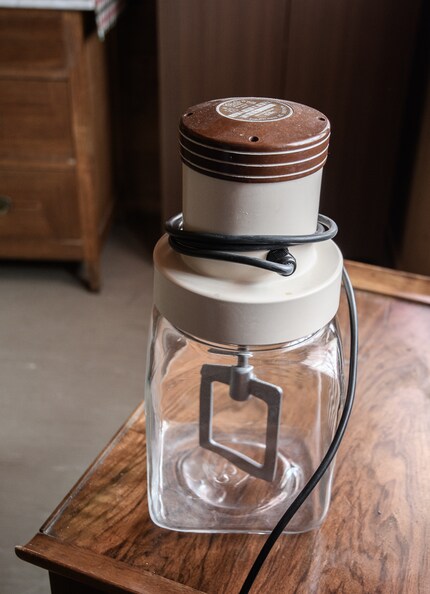
Karin agrees to try the solar panel. The weather up here is usually good, she says. Very good! I tell her it's done for her. There are no further costs. It's a point of honour for me from now on. I'll put the panel on for her free of charge. At this point, I don't care who pays for it. In an emergency, I do.
Glossary
There are many more words. However, I didn't even understand the older Bernese Oberlanders.
¹ cho reiche: to pick up
² Guschteni: year-old cows that have never calved
³ lower and upper echelon: many alpine farms work according to the two-echelon principle. The reasons for this are, on the one hand, that the climate is optimally utilised and, on the other, that more grass is available for the cattle

⁴ Ankefässli: Cream is skimmed off when making cheese. The Ankefässli is a container with a kind of whisk that is used to churn butter from the cream
On Saturday 1 June, I pick up the panel and a nine-metre extension cable from the shop. On Sunday, my daughter and I take another trip to the mountains with the 100-watt solar panel under our arms. Karin kindly picks us up again from the Postbus stop. Once at the top, I unpack the panel and the extension and wire everything up.
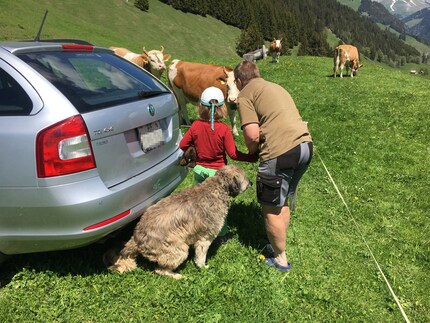
It's a sunny day with few clouds. The 100-watt panel delivers a peak value of 70 watts. If a cloud moves in front of the sun, the output drops to 20 watts. But - why doesn't the 100-watt panel deliver 100 watts? The output of solar panels is influenced by various factors, such as latitude, temperature, altitude and the length of the cabling.

The panel only delivers 100 watts at the equator at high altitudes with very low humidity and cool surroundings, for example in the mountains of the Atacama Desert in Chile. The 70 watts in the Bernese Oberland are perfectly fine.
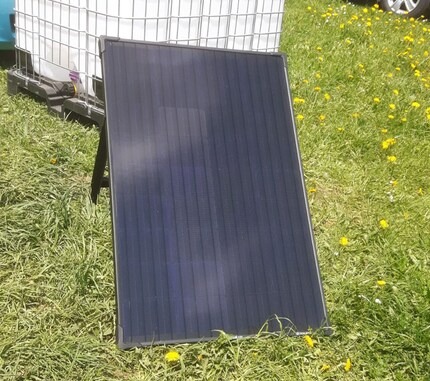
Distributed over the course of the day, the panel will deliver 400 watt hours on a sunny summer's day (8 hours × 50 watts). This is easily enough to keep the Yeti charged. Even if it should be a little less, together with the power generator, the Yeti will always be fully charged from now on.
The setup on the Alp:
I learnt a lot up there. Not just about cows. The most important thing: people like Karin, who live off the grid for longer, diversify their energy sources. Wood is used to heat the cheese. The boiler is heated with wood. The electricity generator is powered by diesel. Cooking is done with gas. The reliable everyday lamp is also gas-powered.
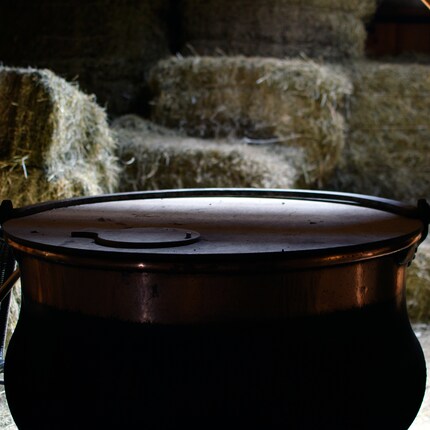

The Yeti is just one small piece of the puzzle in the energy mix on the alp. It serves convenience functions such as charging the refrigerator or a smartphone, power bank and batteries. Looking back, it all happened quite quickly and adventurously. Considering the circumstances, I'm quite happy with the setup. It's not cheap, but the plug-and-play solution works without any problems.
In the summer, David and my family will be able to visit Karin and the cows again. That's the best thing: when a grumpy user comment turns into a friendship.
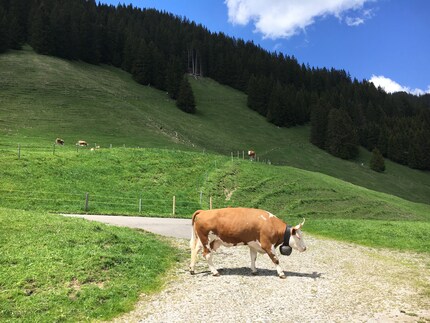
I'm the master tamer at the flea circus that is the editorial team, a nine-to-five writer and 24/7 dad. Technology, computers and hi-fi make me tick. On top of that, I’m a rain-or-shine cyclist and generally in a good mood.
Interesting facts about products, behind-the-scenes looks at manufacturers and deep-dives on interesting people.
Show all